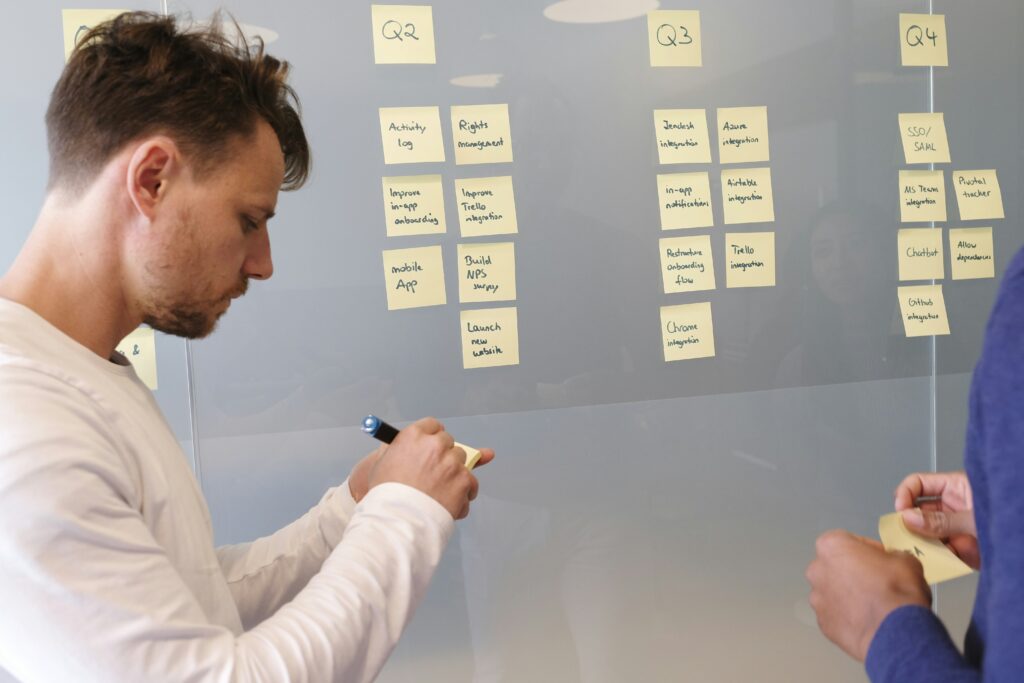In a groundbreaking move for digital workspaces, major software developers have recently rolled out an array of powerful updates to their flagship collaboration platforms, marking a new era for team productivity. While specific dates vary by platform, the overarching trend observed throughout late 2023 and early 2024 points towards a focus on deeper integration, smarter automation, and more intuitive user experiences.
For instance, one prominent suite has introduced a suite of features including advanced real-time document co-editing with version intelligence, integrated task management directly within communication channels, and enhanced secure sharing protocols. These innovations aim to reduce the fragmentation of work tools, bringing essential functions under one cohesive roof. Another platform has unveiled a sophisticated ‘smart summary’ feature for meetings, leveraging natural language processing to distill key decisions and action items, drastically cutting down on post-meeting administrative overhead.
The Data Behind Enhanced Productivity
The push for these advanced features is strongly supported by recent industry data. A report by Forrester Research (Q4 2023) indicated that businesses using integrated collaboration suites reported a 25% increase in project completion rates compared to those relying on disparate tools. Furthermore, a study published in the Harvard Business Review highlighted that a significant portion of employee time (up to 60%) is spent on ‘work about work’ – tasks like searching for information, coordinating, and managing emails. The new updates directly address this by streamlining communication, centralizing data, and automating routine tasks.
Official statements from leading tech companies echo this sentiment. Satya Nadella, CEO of Microsoft, recently emphasized, “Our commitment is to build tools that truly empower people, not just connect them. The latest updates are designed to make work more intelligent, collaborative, and ultimately, more human.” This vision underscores the strategic importance of these software enhancements in fostering a more efficient and engaged workforce.
Transformative Impact on Modern Workflows
The immediate impact of these next-gen collaboration tools is profoundly felt across various industries. For project managers, the ability to track progress, assign tasks, and communicate updates within a single interface significantly reduces context-switching and improves oversight. Marketing teams can now seamlessly co-create campaigns, share large media files, and conduct real-time feedback sessions, accelerating content pipelines. Even traditionally siloed departments, like legal or HR, benefit from secure, centralized document management and simplified approval workflows.
These updates also democratize access to advanced features, allowing small and medium-sized businesses (SMBs) to leverage enterprise-level capabilities without prohibitive costs. The improved accessibility and intuitive design mean that teams can onboard new members faster and maintain a higher level of operational continuity, crucial for agile environments. Explore how these tools can fit into your business strategy by reading our article on Mastering Remote Work: Essential Tools and Strategies.
Future-Proofing Your Digital Workspace
Industry analysts predict that this wave of innovation is just the beginning. “We’re moving towards an era where collaboration platforms will become the central nervous system of any organization, deeply integrating with all aspects of business operations,” states Dr. Anya Sharma, a senior tech analyst at Gartner. She foresees an increased reliance on predictive analytics within these tools, anticipating workflow needs and proactively suggesting resources or connections.
The competitive landscape is also heating up, with companies vying to offer the most comprehensive and seamless user experience. This fierce competition is expected to drive even more rapid development, with future updates potentially including more sophisticated virtual reality/augmented reality integrations for immersive meetings, and hyper-personalized AI assistants that learn individual work habits to optimize productivity.
In conclusion, the latest updates to collaboration tools represent a critical evolution in how we approach work. They are not merely adding new features but fundamentally redesigning the digital workspace to be more intuitive, integrated, and intelligent. For any organization looking to thrive in a distributed world, embracing these next-gen solutions is no longer an option but a strategic imperative to power their workflows effectively.
For more insights into the latest developments in business software, you can refer to TechCrunch’s Software Section.

